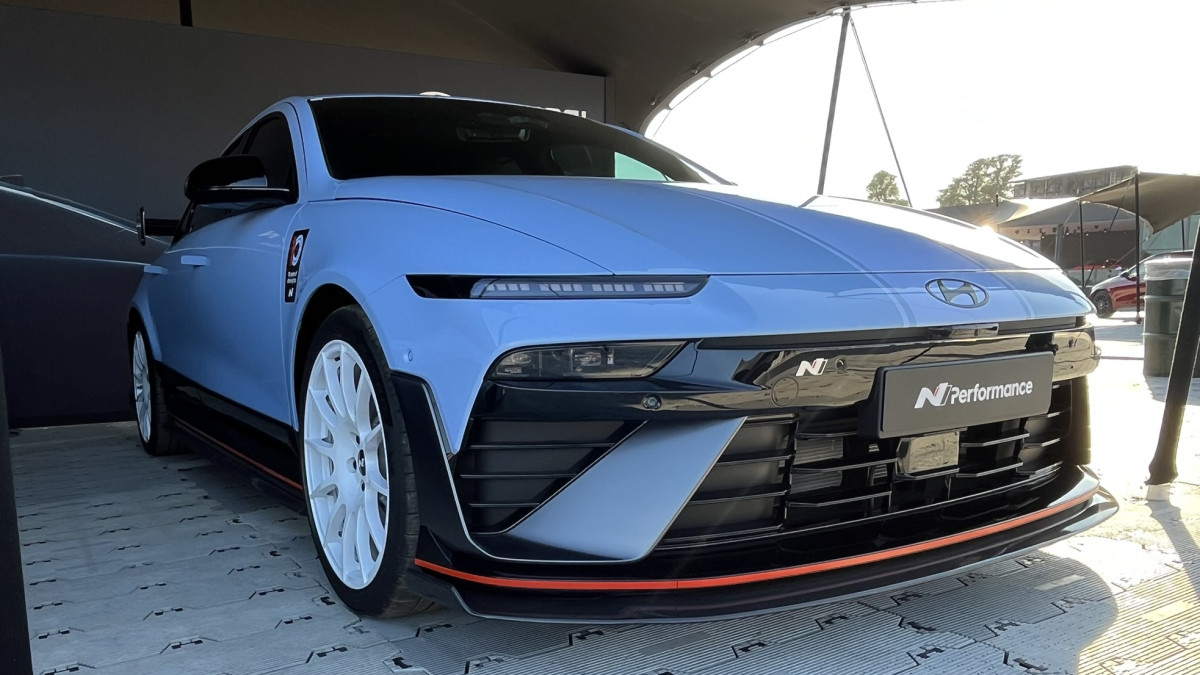 Source: DTN News / Int'l Media
Source: DTN News / Int'l Media(NSI News Source Info) LONDON, U.K. - April 15, 2010: London could yet order at least a handful of Tranche 3B Eurofighter Typhoon aircraft, if a deal to
 sell the aircraft to Oman is in place by early 2011.
sell the aircraft to Oman is in place by early 2011.Oman and the U.K. have been discussing Typhoon purchases for more than two years. Industry officials suggest that if the timescale for Oman’s delivery aspirations are to be met, the fighters will likely be drawn from Tranche 2 aircraft now in production for the Royal Air Force.
Were Typhoons to be diverted to Oman—officials say an order would probably be for 12 aircraft and potentially include an option for a further 12—they could be replaced by the U.K.’s “order” for Tranche 3B aircraft.
Securing a Tranche 3 deal among the four partner nations, Germany, Italy, Spain and the U.K., proved a prolonged and difficult process. The agreement was eventually reached at only by splitting the Tranche 3 production run into two blocks. Tranche 3A covered just under half of the originally planned production run. The remainder was to be discussed at a later date, with a notional commitment required during 2011.
Of the 40 U.K. aircraft ordered as part of Tranche 3A, 24 were actually replacement airframes for RAF aircraft re-allocated to the Royal Saudi Air Force under a U.K.-Saudi Arabia government-to-government defense agreement. The Saudis presently have 72 Typhoons on order, and a substantial follow-on buy is anticipated.
At the time of the Tranche 3A deal, in July 2009, British government officials suggested that the U.K. had met its obligations under the original agreement because of the level of investment required in the program. The ministry argued that the 16 new aircraft, coupled with the 24 Saudi replacement aircraft, meant the U.K. had reached the financial ceiling as identified by the original production memorandum of understanding. London also considered unilaterally withdrawing from Tranche 3, but this would have incurred penalties in the region of £2 billion ($3.1 billion).
Quentin Davies, the minister for defense equipment and support, at the time indicated the government had no plans for additional aircraft as part of a Tranche 3B order. His statement caused confusion among some defense officials, perhaps given the ongoing discussions with Oman.
More recently, Davies has indicated that a further procurement remains possible. “I do not exclude the possibility of purchasing more Typhoon fighters in future at all, but equally I am not prepared to commit to that,” Davies told Parliament last month. “I would not want to decide on whether to order further Typhoon aircraft until we have the results of the Strategic Defense Review.”
The U.K. will hold a national election May 6, and a defense review will be undertaken irrespective of which of the main political parties is returned to power.
The Royal Air Force of Oman presently operates the Jaguar and Lockheed Martin F-16C/D Block 50 as its front-line combat aircraft. Two squadrons of Jaguars are fielded along with a unit of F-16s.
The British prime minister’s office indicated at the beginning of April that a Typhoon deal with Oman was progressing well, although no detail of the discussions was provided. U.S. industry officials have also indicated recently that Oman may be considering acquiring another squadron of F-16s. Any deal would be government-to-government using Washington’s Foreign Military Sales mechanism.
It is unclear whether the additional squadron of F-16s is being considered alongside the Typhoons, or as an alternative to at least some of the Eurofighter aircraft.
Neither BAE Systems, the U.K. industry lead on the Typhoon, nor Lockheed Martin were willing to comment on any possible discussions with regard to Oman.
London’s effort to offset part of its Tranche 3 commitment with the first 24 aircraft of the Saudi Arabian order met with opposition initially from the other three Eurofighter partner nations. In the interest of securing a deal, however, this approach was accommodated. Whether a similar strategy in the Tranche 3B aircraft negotiations will be a cause of friction between London and its Typhoon partners remains to be seen.


















No comments:
Post a Comment